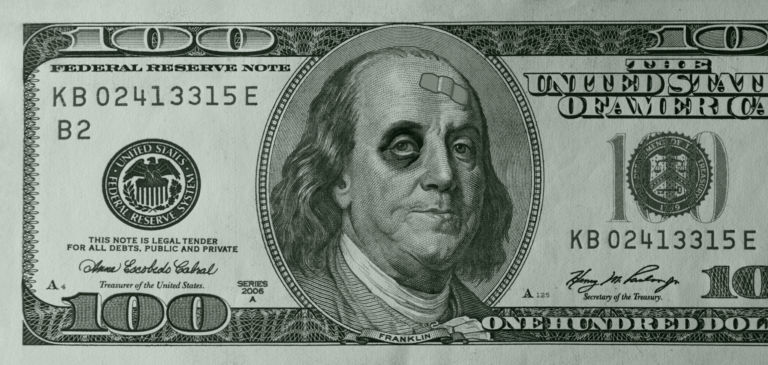The Federal Reserve has aggressively raised target interest rates over the past year to tamp down on rising prices. Even so, inflation persists at worrisome rates. According to today’s release from the Bureau of Labor Statistics, the Consumer Price Index (CPI) rose 0.4% in February after rising 0.5% in January. On an annual basis, prices have increased 6.0%.
Though the annual rate of inflation is cooling, it’s important to note that we are comparing to last year’s elevated baseline. The February 2022 CPI report showed an annual increase of 7.9% over the prior year, so this year’s 6.0% inflation is on top of that already elevated price level. This month’s report shows that overall inflation, especially core inflation, is stable.
Moreover, aside from the inflationary runup over the past year and a half, annual inflation rates haven’t seen 6% in more than 30 years.
Core inflation, which excludes volatile energy and food prices, rose 0.5% over the month and 5.5% on an annual basis.
According to the release, “The index for shelter was the largest contributor to the monthly all items increase, accounting for over 70 percent of the increase, with the indexes for food, recreation, and household furnishings and operations also contributing.” Shelter prices increased 0.8% over the month and 8.1% over the year.
Grocery prices are up 0.3% over the month and 10.2% over the year while food away from home increased 0.6% over the month and 8.4% on an annual basis.
The gasoline index increased 1.0% over the month, following a 2.4% increase last month, but is down 2.0% on an annual basis. Even so, gas prices are still significantly higher than they were two years ago. Compared with March 2021, gas prices have increased by more than 20%.
The Federal Reserve is poised to continue combatting inflation by raising its benchmark rates. Yet the bank failures of last weekend raised concerns over already high interest rates.
Before the Silicon Valley Bank (SVB) bank failure last weekend, the Federal Reserve was expected to increase its rate by half a percentage point at next week’s meeting. Federal Reserve Chair Jerome Powell said on March 7, “Although inflation has been moderating in recent months, the process of getting inflation back down to 2 percent has a long way to go and is likely to be bumpy.”
Given the SVB collapse, some, including a former FDIC chair, are calling on the Fed to stop raising rates.
Trillions of dollars in government spending to respond to the Covid pandemic and the ensuing big government policies have resulted in an economy bloated with cheap money. Inflation solutions were never going to be quick or painless. The Federal Reserve has raised rates numerous times, increasing the interest rates on our national debt as well as personal interest rates on credit cards, mortgages, etc. Inflation poses a serious threat to household budgets. Any solution should prioritize American families. But this can occur only after our leaders acknowledge inflation’s true cause of unfettered government spending.


